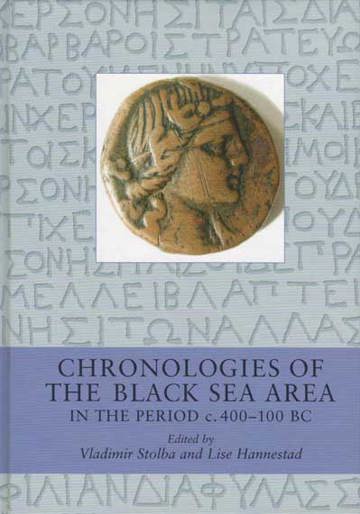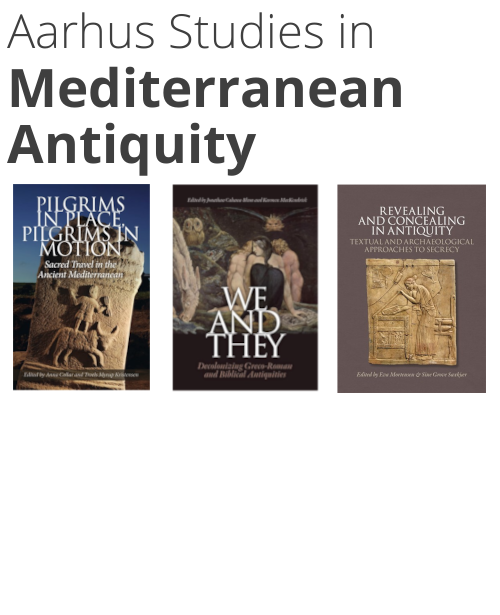
Chronologies of the Black Sea Area
In the period c. 400-100 BC
A part of the subject areas Classical studies and Archaeology
Edited by
Lise Hannestad and
Vladimir F. Stolba
With contributions by
Valeria P. Bylkova,
François de Callataÿ,
Niculae Conovici,
Lise Hannestad,
Jakob Munk Højte,
Valentina V. Krapivina,
Mark L. Lawall,
S.Ju. Monachov,
Valentina I. Mordvintseva,
Susan I. Rotroff,
Vladimir F. Stolba,
Jurij P. Zajcev and
Miron I. Zolotarev
More about the book
About the book
A renewed interest in chronological problems has surfaced in recent years. In this volume deriving from the first international conference of the Danish National Research Foundation's Centre for Black Sea Studies thirteen contributions by scholars from Russia, Ukraine, Romania, USA, Canada, Belgium and Denmark review and discuss the elements on which the chronology used in Black Sea archaeology and history in the period c. 400-100 BC is built up. The subjects include: amphora and amphora stamp chronologies, coin chronology, the Athenian pottery, epigraphic evidence, and a number of case studies presenting the material on which is based the dating of a series of Greek and barbarian/non-Greek sites and burial monuments on the northern shores of the Black Sea.
Table of contents
Excerpt
Press reviews
Gocha R. Tsetskhladze, Ancient West & East
"This is a very important volume, packed with new ideas and suggestions [...]. It is a pity that few other countries possess a body as active as the Danish National Research Foundation, which keeps our Danish colleagues at the forefront of scholarship"
Balbina Bäbler, Göttingische Gelehrte Anzeigen
"Insgesamt ist dieses Buch ein beeindruckenden Leistung: es bietet eine Fülle von Material, und da die meisten Beträge sehr sorgfältig dokumentiert sind (z.B. mit Tabellen der gefundenen Amphorenstempel, Umzeichnungen von Stratiagraphien und Funden, Abbildungen) wird man es sicher immer wieder zu Informationszwecken in die Hand nehmen. Viele, teilweise sehr neue Erkentnisse, die man sonst mühsam in schwer erreichbaren Publikationen zusammensuchten müsste, werden hier zugänglich gemacht; die Fundkontexte sind so erläutert, dass man meist nachvollziehen kann, wie Autoren zu ihren Schlüssel kamen. Eines der Ziele, die Diskussion über Punkte, die lange Zeit als feststehend galten, wieder zu eröffnen, wurde damit sicher erreicht."




